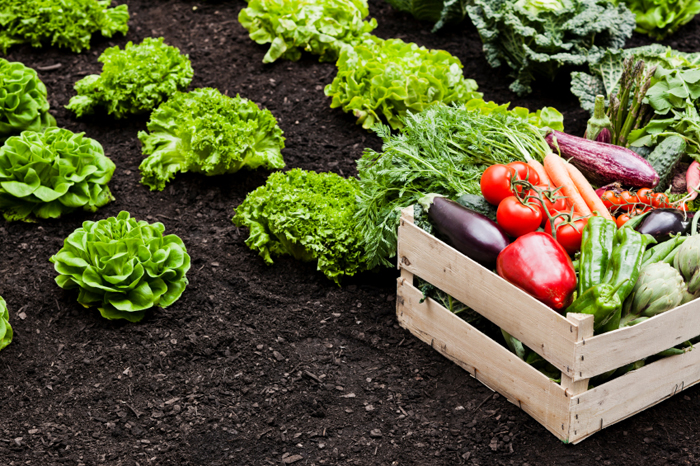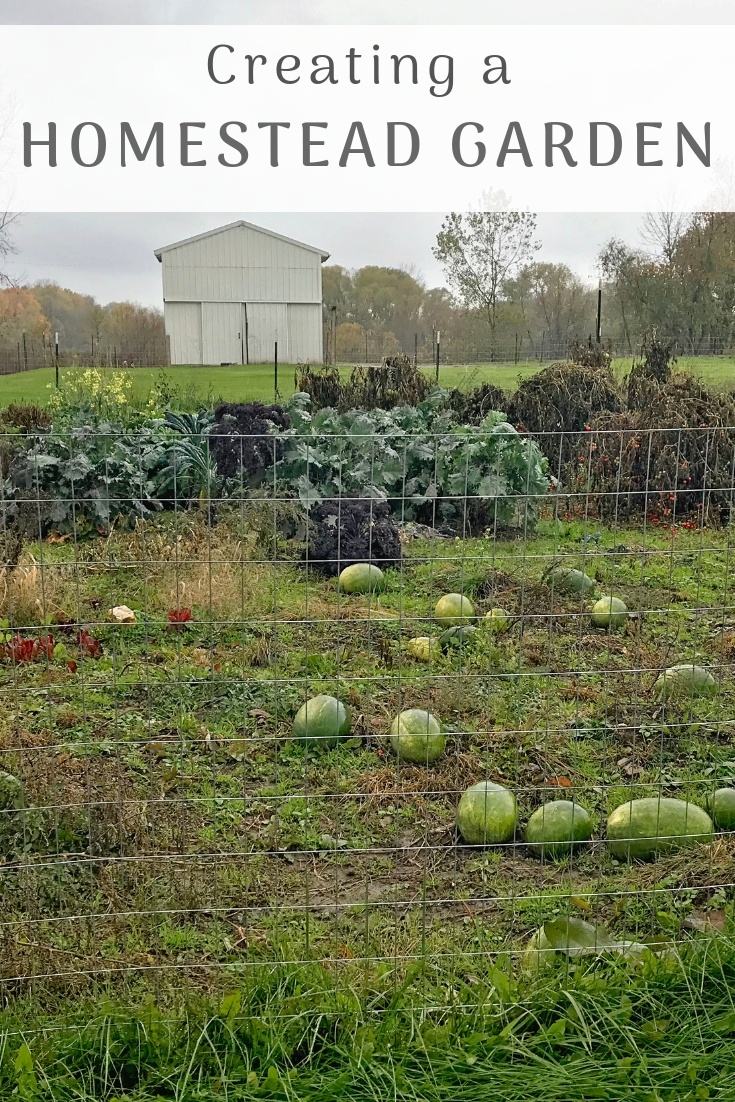How to Maintain Healthy Soil in Homestead Gardening
How to Maintain Healthy Soil in Homestead Gardening
Blog Article
Learn Exactly How to Cultivate a Flourishing Horticulture Setting for All Skill Degrees
Producing a growing garden is a complex endeavor that can be accepted by individuals at any kind of ability degree. By examining essential components such as soil wellness, proper plant selection, and seasonal treatment regimens, one can develop a sustainable gardening practice that generates rewarding outcomes. Comprehending just how to examine and enhance your garden room lays the structure for success. Yet, the intricacies of carrying out these principles usually existing difficulties that can prevent even the most enthusiastic beginner. What methods can be used to conquer these barriers and cultivate a genuinely growing setting?
Recognizing Your Garden Area
In the world of gardening, understanding your yard room is vital to cultivating a growing landscape (Homestead Gardening). The first step in this venture includes assessing the particular characteristics of your plot. Factors such as soil composition, sunlight exposure, and drainage play essential functions in determining the viability of your yard for numerous sorts of plants
Begin by conducting a soil examination to assess pH degrees and vitamins and mineral content, which will educate any kind of needed amendments. Additionally, observe just how much sunlight your area receives throughout the day. Different plants have varying light needs; some grow completely sunlight, while others choose partial or full color.

Finally, evaluate the readily available area and plan accordingly. This consists of considering plant elevations and spread to guarantee appropriate space for development without congestion. By obtaining a detailed understanding of your yard space, you established the structure for a successful horticulture experience.
Selecting the Right Plants
Picking the right plants for your yard calls for cautious consideration of different variables, including environment, soil problems, and individual preferences. Start by analyzing your regional climate, as specific plants prosper specifically temperature ranges and weather condition patterns. Exotic plants may not make it through in cooler regions, while durable perennials can hold up against extreme winter seasons.

Consider your individual choices, including aesthetic appeal and upkeep degrees. Make a decision whether you choose vibrant flowers, rich foliage, or edible crops. Furthermore, consider the time and effort you are ready to buy plant care, as some varieties demand more focus than others.
Lastly, think of the garden's layout and light exposure. Sunshine patterns throughout the day will affect your choices-- some plants require complete sun, while others prosper in shade. By thoughtfully analyzing these elements, you can produce a unified and productive yard tailored to your atmosphere and tastes.
Important Horticulture Tools
A fully equipped gardener can significantly improve their horticulture experience and end results. Necessary gardening tools are basic to growing an effective garden, no matter skill degree. A tough spade is indispensable for digging and turning soil, while a trowel allows for accurate growing and hair transplanting of smaller sized plants.
Pruning shears are crucial for keeping plant wellness by eliminating disordered or dead branches, advertising better air blood circulation and development. Furthermore, a hand rake works for clearing debris and freshening the dirt, guaranteeing ideal problems for plant roots.
Gardening gloves shield hands from blisters, thorns, and chemicals, making them a crucial accessory. A watering can or hose pipe with an adjustable nozzle makes certain that plants receive sufficient dampness without overwatering.
Lastly, think about buying a strong wheelbarrow resource for delivering dirt, plants, and tools around the yard successfully. By setting up a top quality toolkit that consists of these necessary things, gardeners can tackle various tasks with confidence and convenience, leading the way for a flourishing horticulture atmosphere. Bear in mind, the right devices not only enhance effectiveness however likewise improve the total pleasure of the gardening process.
Dirt Preparation and Maintenance
Quality dirt is the foundation of an effective yard, making proper prep work and maintenance essential for healthy plant growth. Based on the examination results, amendments can be made to enhance dirt conditions for certain plant needs.
Including natural matter, such as garden compost or well-rotted manure, is necessary for enhancing soil framework and fertility. This not only enhances nutrition availability but likewise advertises helpful microbial activity. In addition, proper water drainage is important; hefty clay dirts may require the enhancement of sand or perlite to improve oygenation.
Regular maintenance of dirt health consists of mulching, which saves wetness and subdues weeds. In addition, rotating crops annually aids prevent nutrient depletion and lowers insect and condition threats. It is also important to prevent over-tilling, which can disrupt soil framework and harm helpful organisms.
Eventually, a constant dedication to soil prep work read review and upkeep will bring about a growing yard, making certain that plants get the necessary nutrients they need for robust development and efficiency.
Seasonal Care and Management

In spring, concentrate on planting brand-new seeds and seedlings, while also carrying out soil examinations to amend nutrient deficiencies. Consistently look for bugs and diseases, as these can proliferate with the warming climate. Summertime needs constant watering and mulching to maintain wetness, together with pruning for far better air flow.
As autumn methods, it's time to prepare the garden for inactivity. This consists of collecting plants, cleansing up particles, and applying a layer of mulch to protect plant roots from frost. Consider growing cover plants to improve the dirt during the winter season.
Last but not least, winter months treatment is critical. Check frameworks like greenhouses for damages and make certain appropriate insulation for delicate plants. Consistently monitor for pests that may seek haven inside your home. By adjusting your horticulture practices to the seasonal cycles, you can foster a prospering setting that supports plant health and wellness year-round.
Conclusion
Finally, cultivating a successful garden requires a detailed understanding of necessary concepts such as dirt composition, sunlight direct exposure, and appropriate plant selection. Carrying out efficient soil prep work and upkeep methods, in addition to utilizing the right tools, fosters an optimal expanding environment. Routine seasonal care and administration techniques even more enhance plant health and wellness and efficiency. By adhering to these fundamental guidelines, individuals at all ability levels can attain a flourishing yard that adds to both visual enjoyment and ecological sustainability.
Selecting the right plants for your yard requires cautious factor to consider of various variables, consisting of climate, dirt problems, and individual choices. Conduct a dirt test to identify pH levels and vitamins and mineral material, which will guide you in selecting plants that will thrive in your yard.Lastly, consider spending in a tough wheelbarrow for transporting soil, plants, and tools around the yard efficiently.Quality soil is the foundation of a successful yard, making correct preparation and maintenance important for healthy and balanced plant development. Homestead Gardening.In conclusion, cultivating an effective yard requires a detailed understanding of essential principles such as dirt composition, sunlight direct exposure, and ideal plant option
Report this page